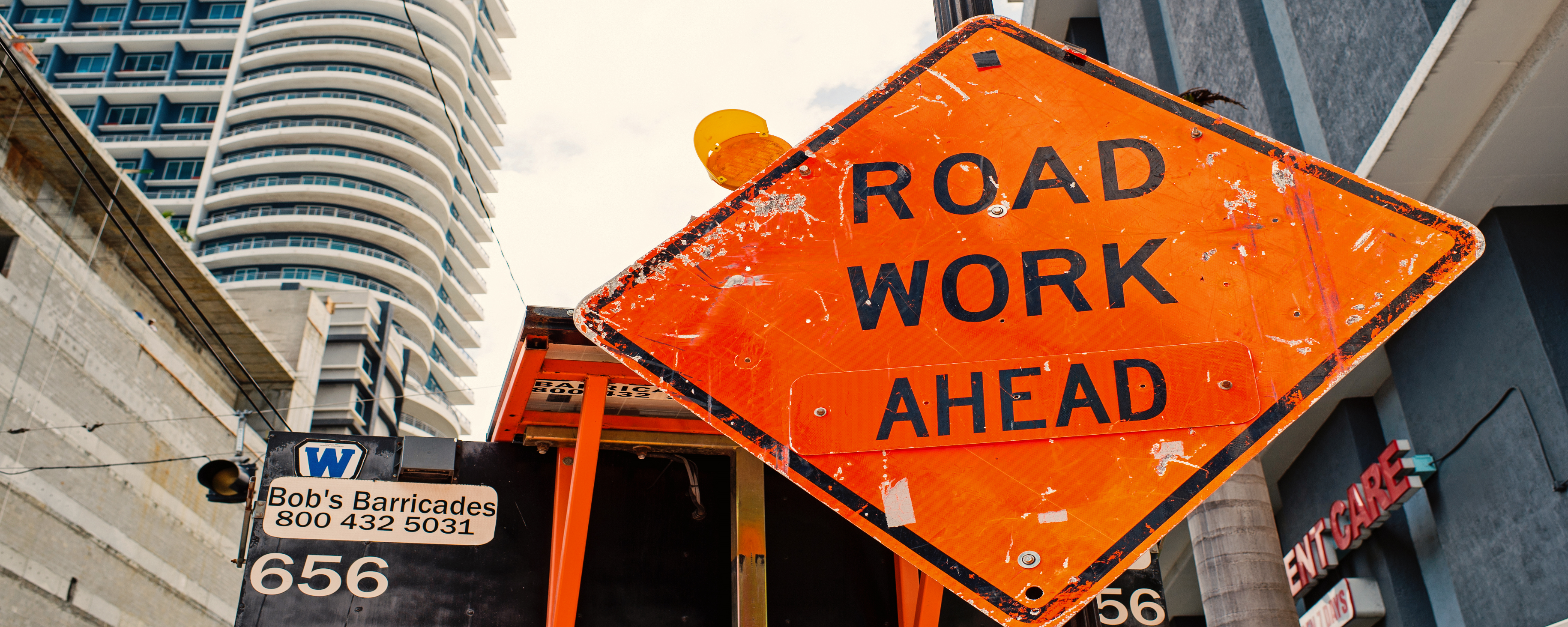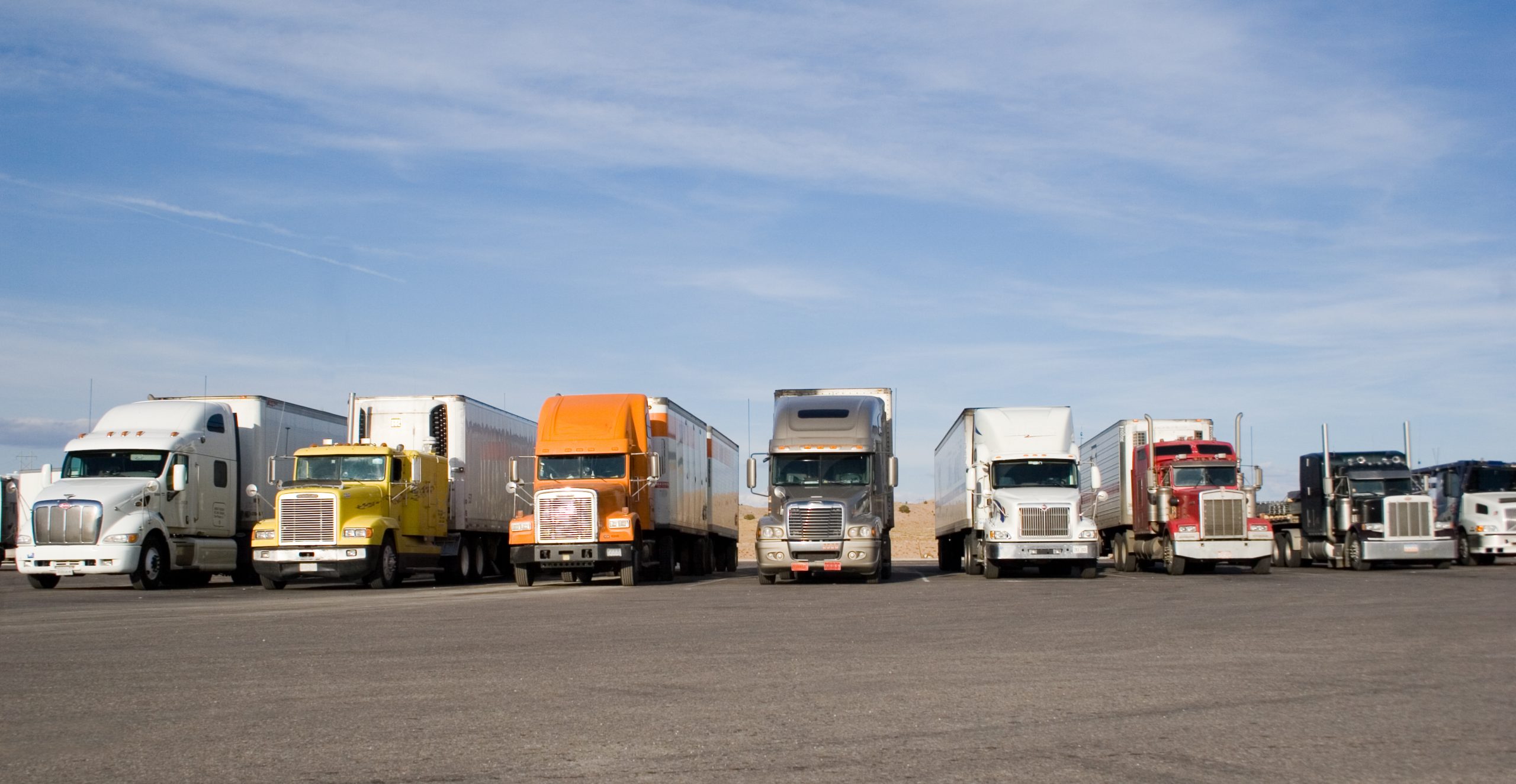A Speeding ticket is more than just a Fine.
If you asked 100 truck drivers what their dream highway looked like, you would likely get the same answer across the board: Decreased commuter traffic.
Many truck drivers have gotten their wish as commuters have been encouraged to shelter in place and work from home during the coronavirus pandemic. Complying with social distancing rules may have cleared up traffic, but free and open highways give truck drivers little wiggle room.
How does speeding affect your CDL
A moving violation can have a severe impact on your driving record. The consequences vary in severity depending on how often and what kind of ticket you get.
Speed limits are not included in the FMSCA waivers issued in the emergency declarations. Drivers hauling emergency goods will still be assigned CSA points if they are caught speeding.
A truck driver’s safety record is measured by a federal regulatory point system called CSA (Compliance, Safety, Accountability). Infractions are based on a point system; The worse the violation, the more points are given to the driver. A driver that has been issued more violations will have a higher CSA score.
For example, a driver who is given a ticket for 6-10 mph over the speed limit will also receive 4 CSA points. If a driver is caught speeding 11-14 mph over, 7 CSA points will be assigned. And for drivers clocking in at 15+ mph or in a construction zone, 10 points will be tacked on to their CSA score.
Speeding tickets can even affect your license when you are off duty. Multiple citations in a personal vehicle can lead to suspension or revocation of a CDL.
Trucking companies who utilize safety monitoring systems have a duty to reprimand drivers even if no ticket was issued. Reckless driving, even without a citation, means you are putting your life, your career, and the safety of others at risk.
More speeding tickets
Reports in California show that even though traffic volume has decreased 35%, citations for excessive speed have skyrocketed at an alarming rate.
Empty highways created a false sense of security, not only for truck drivers, for four-wheelers too. It seems safer to drive at excessive speeds when there is less congestion.
“Higher speeds can lead to much more serious injuries and significantly increase the chance of death should a crash occur.” – CHP Commissioner Warren Stanly
With everything a truck driver has to lose, why do they do it?
The Heat is On for Truck Drivers
For most truck drivers, getting paid by the mile means the more you move, the more you make. Drivers who cover more ground in a given week bring home extra money. A per-mile rate of pay is incentive enough for some drivers to put the pedal to the metal.
On top of that, truck drivers build their reputations on whether they can pick up and deliver on time. A driver can plan a trip down with plenty of time to spare, but one traffic jam or work zone can throw the whole thing off-kilter.
The pressure is especially intense during the pandemic. Truck drivers focus on delivering basic needs to consumers as quickly as possible.
For a truck driver, a speeding ticket is not just an inconvenience or a fine. It could mean losing their job or even their license. Multiple traffic violations make it more difficult for truckers to find work.
A clean driving record is a hiring requirement for reputable trucking companies. A driver with heavy boots will be at a disadvantage if they find themselves back in the job market. Keep these things in mind every time you hit the road:
- – Always comply with traffic laws.
- – Keep an eye open for speed changes.
- – Be alert in work zones.
- – Plan your trips with extra time.
- – Slow down for curves.
- – Anticipate downgrades.
As the economy regains equilibrium, so will the roadways. Civilians will begin commuting back and forth to work, to church, shopping, etc. Remember, the rules of the road do not disappear and reappear with the flow of traffic. Always keep your safety and the safety of others on the top of your mind.










